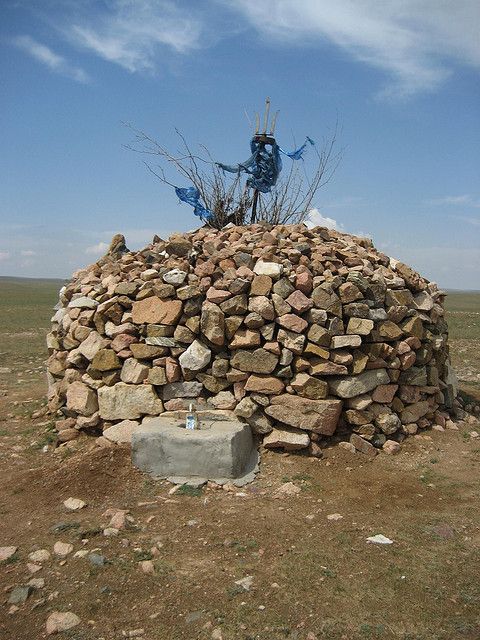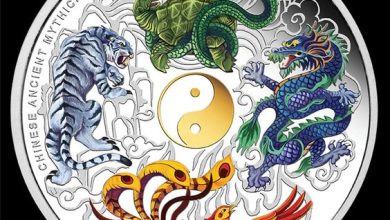Tengriism, an ancient shamanistic religion, once flourished amongst the Turkic and Mongol peoples of Central Asia and Siberia. Its central focus lies on the veneration of the sky god, Tengri, and the interconnectedness of the natural world. Woven into its fabric are elements of shamanism, animism, and ancestor worship, creating a rich tapestry of beliefs and practices.
Tengri: The Sky God

“Tengri” itself translates to “sky” or “heaven,” and the god Tengri embodies the vastness, power, and eternity of the heavens. He is seen as the supreme deity, the creator of the universe and the giver of life. Tengri is also the source of all morality and justice, ruling over the fates of humans and their actions.
Shamanism: Bridge Between Worlds

Shamanism plays a vital role in Tengriism, acting as the bridge between the physical and spiritual realms. Shamans, known as “kam” or “bakshy,” are believed to possess the ability to enter altered states of consciousness and communicate with spirits, ancestors, and deities. They serve as intermediaries, performing rituals and ceremonies to maintain balance and harmony between the worlds.
Animism: Spirit in All Things
Tengriism embraces an animistic worldview, recognizing that all things, from animals and plants to mountains and rivers, are imbued with spirits. Respect for nature and its inhabitants is paramount, and offerings are made to appease the spirits and ensure their favor.
Ancestor Worship: Honoring the Past

Ancestors are revered in Tengriism, believed to hold influence over the lives of their descendants. Offerings are made to them, and their wisdom and guidance are sought. This practice strengthens the connection between generations and fosters a sense of community and belonging.
Rituals and Practices

Tengriist rituals vary depending on the specific cultural context. However, common elements include offerings of food, drink, and incense, prayers, and chanting. Sacred sites, such as mountains, trees, and bodies of water, serve as locations for these rituals, connecting the physical world to the spiritual realm.
Decline and Modern Revival
With the arrival of Buddhism, Christianity, and Islam in Central Asia, Tengriism gradually declined. However, in recent years, there has been a resurgence of interest in this ancient religion. Tengriist communities are being revived, and traditional practices are being relearned and celebrated.
Legacy of Tengriism

Tengriism’s influence extends far beyond its historical context. Its emphasis on environmental respect, interconnectedness, and spiritual balance resonates with contemporary concerns and offers valuable insights for navigating the complexities of our modern world.
Conclusion
Tengriism, with its rich tapestry of beliefs and practices, offers a unique perspective on the human relationship with the divine and the natural world. Its emphasis on balance, harmony, and respect for all living things remains relevant today, providing valuable lessons for a more sustainable and interconnected future.
Additional Resources:
Tengrism: https://en.wikipedia.org/wiki/Tengrism
Shamanism: https://en.wikipedia.org/wiki/Shamanism
Sky Gods: https://en.wikipedia.org/wiki/Sky_god
Tengriism: Characteristics, Creation Story, Gods & Symbols: https://study.com/academy/lesson/tengriism-characteristics-creation-story-gods-symbols.html
I hope this article has provided you with a better understanding of Tengriism and its place in the history of religion.




